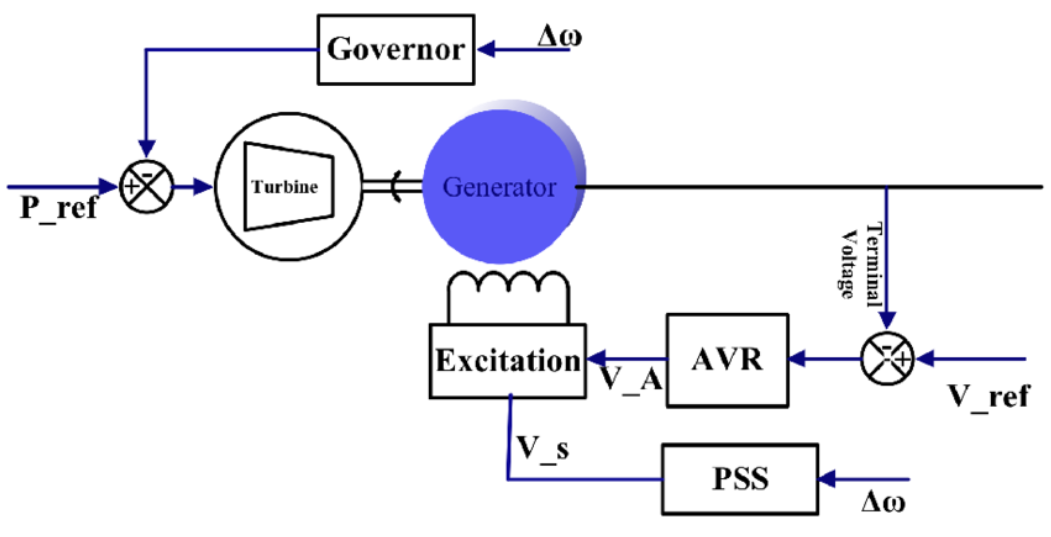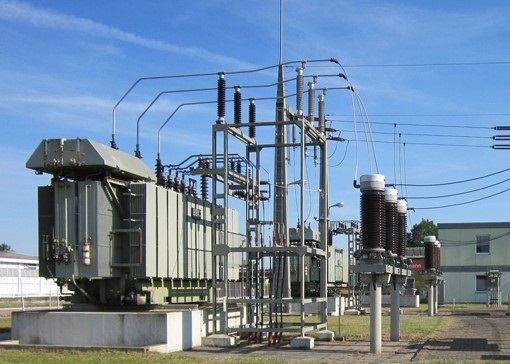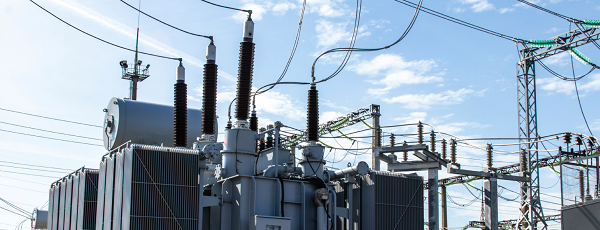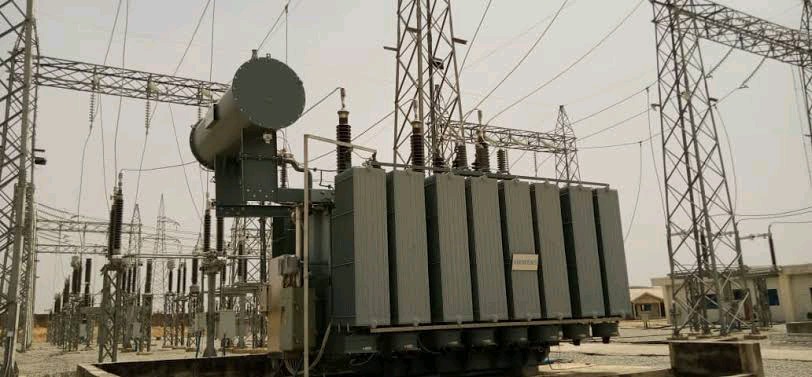Power System Stabilizer (PSS) tuning
Stability is the backbone of power systems and with the increasing integration of renewable energy, precise Power System Stabilizer (PSS) tuning has never been more critical”.
This article provides a step-by-step guide for engineers, backed by real-world case studies and MATLAB simulations. Discover how to improve system damping and stability through precise tuning strategies

One of the main characteristics of power systems is keeping voltages within given limits, done by implementing fast Automatic Voltage Regulators (AVR), which can increase generator voltage (i.e., excitation voltage) in a short time to ceiling voltage limits while simultaneously affecting the damping component of the synchronous generator electromagnetic torque. Also, Rotor angle stability in a synchronous machine is also affected. The efficient way to increase damping and keeping voltages within given limits in the power system is to implement a Power System Stabilizer (PSS) and Excitation control with AVR. This guide dives into the art and science of PSS tuning, blending theory with practical case studies.
PSS Tuning Workflow
- Introduction
- PSS in India- Mandatory Requirement:
- Consequences of Not Using PSS
- Conditions for Operation and Control with Grid
- To achieve these conditions, the key components required are…
- PSS tuning:
- Type ST10C excitation system model
- Current Compensator and Voltage Measurement Transducer
- Excitation Control Elements
- Field Current Limiters
- Power Source
- PSS Tuning Using MATLAB /SIMULINK
- Conclusion
Unlock the full potential of your power systems. Download the full article to gain actionable insights and elevate your expertise in PSS tuning.





No comment